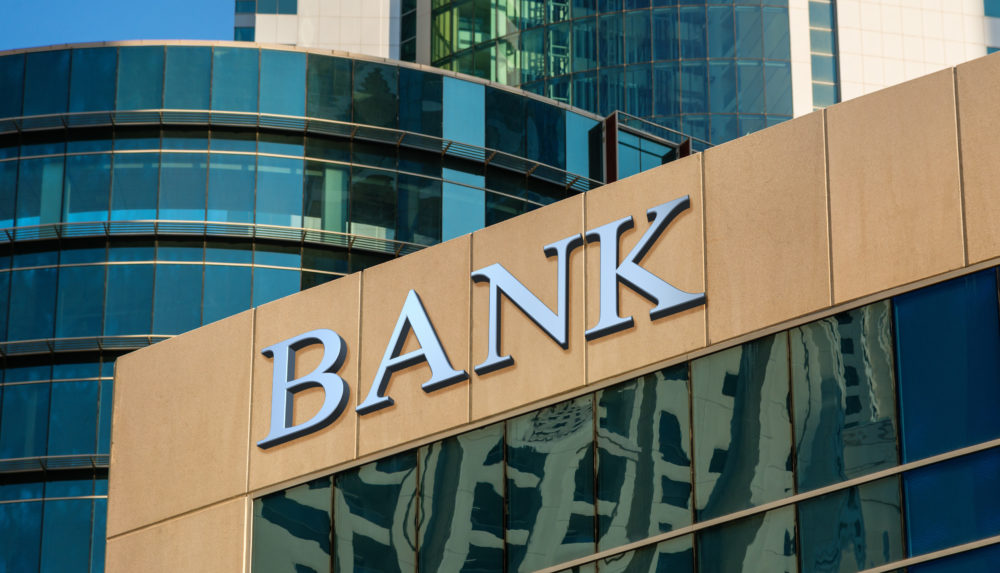In recent months, the UK’s larger banks have announced their plans to ring-fence their retail operations in line with new banking rules. The initial bank ring-fencing proposal, started by the banks in 2017, seemed simple. It required medium and large-sized banks to isolate day to day services from their high-risk investment banking and trading operations to protect customers if these riskier operations sustain big losses.
A closer look at the proposals show that the changes require banks to classify customers into one of two groups, either inside or outside the ring fence. It’s this change that means businesses should re-visit their banking relationships. The industry continues to experience unprecedented change as regulators seeks to make banking safer and protect the UK economy. As a result, many long-standing banking assumptions may now be obsolete.
An important yardstick could be an independent rating agency assessment. While an organisation’s classification may be unaffected by ring-fencing operations, the potential change in a bank’s risk profile as a result of these proposals may affect their business. Despite planning for this having been underway for a number of years, and the proposal emerging directly from the financial crash ten years ago, businesses are only now starting to realise the implications of this structural change on their banking.
Bank ring fencing deadline
There are several questions that businesses should raise with their bank now to allow time to adjust their banking strategy accordingly before the 1 January 2019 deadline for ring-fencing:
See more:
Do business credit scores matter?
Is it difficult to find a loan to help grow your business?
What can banks learn from airlines?
Will my business fall into the ring-fenced on non-ring-fenced part of the bank?
Businesses must make the effort to understand this and if there are further implications from a counterparty risk, operational, tax, or legal perspective.
From an operational standpoint alone, businesses need to assess how this could impact them, looking at measures that could be required to ensure the entity will run smoothly throughout this transition. For example, informing business partners that your sort code and account number have changed, so that any payments you make are not stalled due to discrepancies in account details.
Determine whether the risk to return ratio is manageable according to your board of directors’ appetite.
Has the credit rating of the entity changed because of ring-fencing?
Banks need to allocate capital to each entity separately. The process for this and determining how much funding is applied to each entity could change your bank’s credit rating. In turn, this could affect your internal parameters for banking counterparties and should therefore be a key consideration for future planning.
A deposit is effectively a loan to a bank for which you should get paid in return. If a bank’s credit changes, this raises the question of whether you should you get paid more or move your money. Enterprises should consider using a reputable rating agency, such as Fitch, to gauge the rating of their chosen bank post ring-fencing.
Will details of my existing account change?
Although you’ll remain with the same bank by name, details of your existing sort code or even account number may need to change. For a business that has provided these details to hundreds or even thousands of clients, this could mean cause significant disruption in transactions and take extensive time to prepare for.
The old sort code or account number will still remain connected to the account for some time after the ring-fencing exercise has taken place. However this won’t be forever and businesses need to ensure that they have appropriate communications and procedures in place to notify customers and update their collateral.
This whole process could provide an ideal opportunity for organisations to re-assess their banking relationships and consider diversifying funds across different banks to get better returns and to decrease the exposure to a single institution.
The deadline is fast approaching, and the implementation is complex and slow. Businesses must get in touch with their bank for guidance on next steps. Each bank will have its own operational procedure for managing the transition to help ensure the process is as smooth as possible.
Paul Richards is Chairman of active cash management company Insignis Cash Solutions







